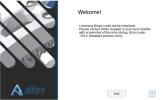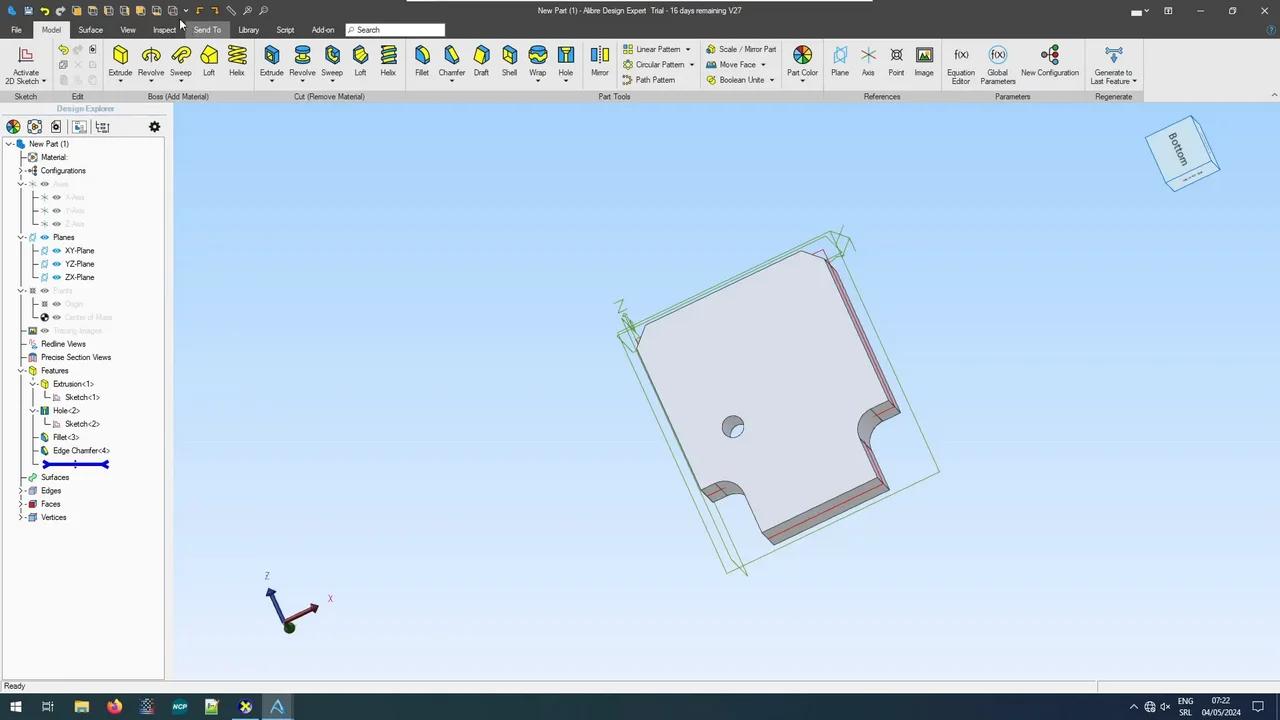NateLiquidGravity
Alibre Super User
I don't know if the program will install or work on Mac with Parallels - but for licensing:I currently run Alibre 24 under Win 10 Pro on a laptop. I also own a Mac Mini with similar Intel hardware. I'd like to explore running Alibre under Parallels on the Mac. But I'd still like to switch back and forth from Win laptop to Mac Min without having to buy another Alibre license. I think Alibre has the capability to switch off a license on one computer and switch it back on another. But not sure how to install it under Parallels on the Mac and maintain this capability. Does anyone have any insight?
Thanks,
Rick
If you have active maintenance you can go to this site to deactivate a license to be able to run it on another machine. https://www.alibre.com/licenseportal/
Alternatively you can open Alibre Design Home Utilities tab and Release the license. Then you will need to enter it again next time.


